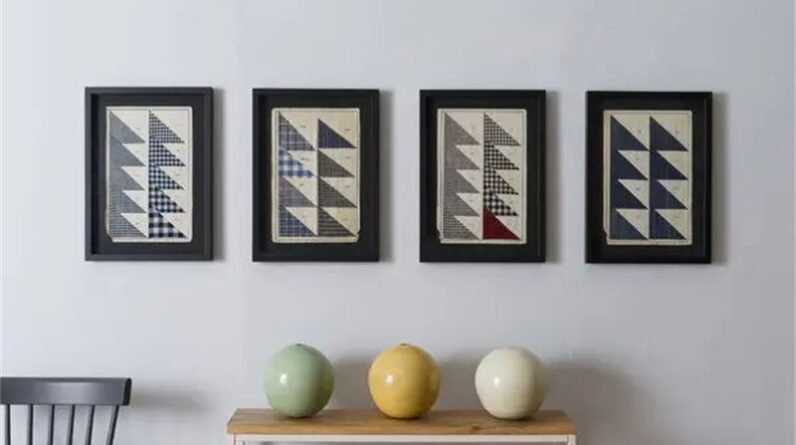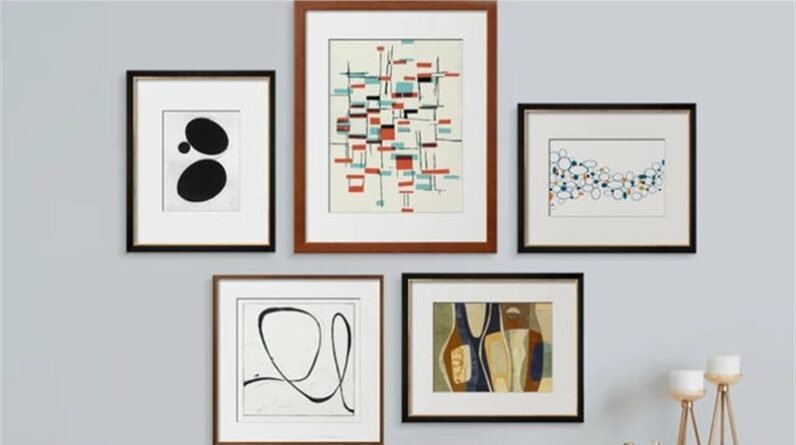Who invented oil painting? The first successful painting in this medium was done by John Singer Sargent in 1816. He discovered that he could create vibrant color mixes by mixing oils and pigments. This technique was then perfected by other English artists. Some of these artists were Claude Monet, Vincent Van Gogh, and Claude Monet. This technique continues to be used today by famous artists including Pablo Picasso and Andy Warhol.
Many people trace the origins of oil painting to Hubert van Eyck and Jan van Eyck. Adding turpentine to paints allowed for finer details and more vibrant colours. They were both born in 1390 in the Belgian city of Liege, under the authority of the Prince Bishop of Liege. While they do not appear in paintings of this period, they are easily recognized by art enthusiasts around the world, and are worth millions.
Who Discovered Oil Painting?
The answer lies in the Middle Ages. By the 14th century, artists were using oils to create paintings. It was a new medium, and artists were required to mix oils with pigments to produce vibrant colours. This technique was never attempted before, and it wasn't until the 16th century that oil paint was widely used. Its popularity soared with the Renaissance, but it wasn't until then that it became widely known throughout Europe.
Who is the Father of Oil Painting?
If you've ever wondered who is the father of oil painting, consider Jan Van Eyck. During the fifteenth century, he was a Flemish painter who was credited as the father of this style. Painting with oils is a stable, textural medium that is slow-drying and is often referred to as the “Father of Oil Painting”. His detailed panel paintings were among the earliest examples of oil painting, and he is often credited as the father of this form of art.
Why oil painting is more popular today? Today's oils are more vivid and dry quicker, thanks to the invention of Rembrandt in the fifteenth century. Modern oil paintings on canvas consist of several layers of paint and a varnish layer. One common way to classify the causative properties of oils is by their iodine number. The higher the iodine number, the more drying the paint is.







